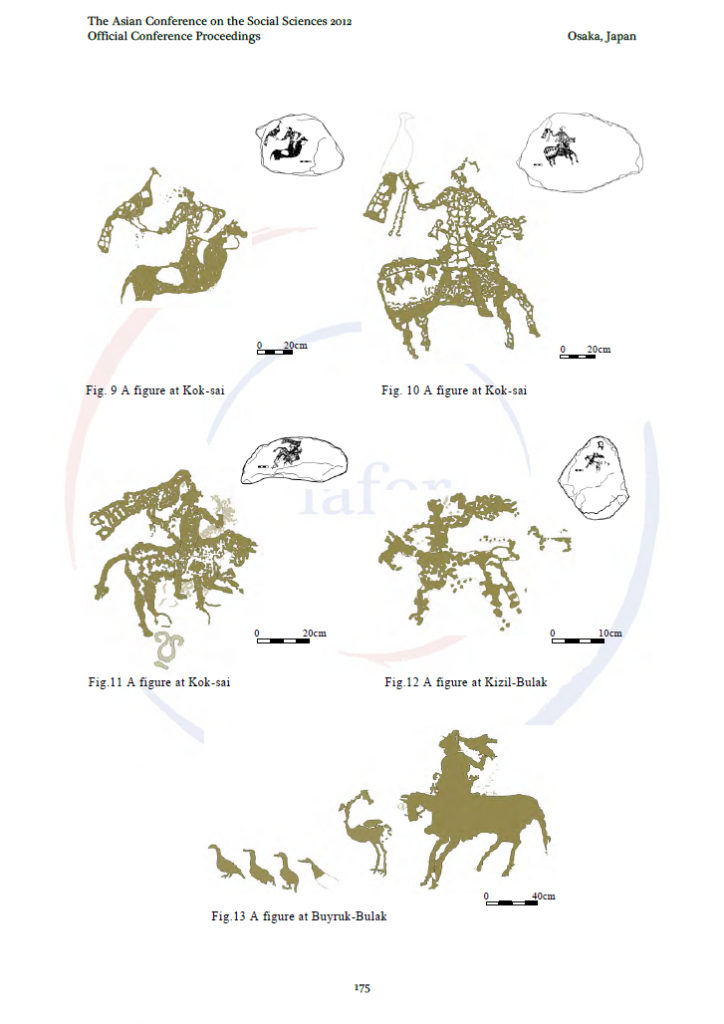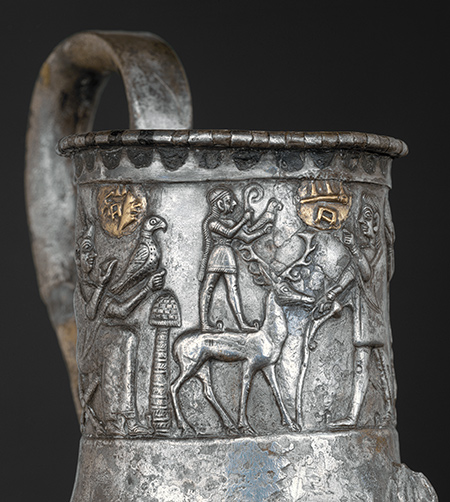This rantlet flows out of Nicola Twilley’s excellent post on Aeon, Freedom from food. Go ahead and read it – I’ll wait. <hums tunelessly> Ok, then. I’ll assume that you’re familiar with Soylent (vc) (as opposed to Soyent (hh) or Soylent (it’s peeeopleeee)). Also please take as given that though I’m going to come across as a bit of a purist and perhaps holier than thou, I am neither of those things (I hope). I don’t cook everything I eat from scratch with ingredients I’ve grown or gathered myself – far from it. If nothing else, that’d keep me away from Kittery and a couple of my favorite restaurants. I may even eat too many burritos and falafel wraps – being pressed for time and not wanting to cook is a situation I am completely familiar with.
That being said, I find Soylent(vc) repulsive. It seems to me to embody a lot of what is wrong with our (developed West) trajectory both externally, in our relations with each other and the greater world, and internally, as we try to find some personal meaning as we hang out in this vale of tears.
It’s tough to imagine a more industrialized foodstuff than Soylent. Nicola touches on the length of the supply chain – Australian wool -> factory in Sichuan -> vitamin D2 -> Soylent – and there’s the reductive nutritional fetishism, too. The idea that food is no more than a list of chemicals in the proper quantities and proportions is one that Michael Pollan has argued against, effectively as far as I’m concerned. But there it is – standardization – where it’s at if you are going to manufacture fully industrialized food. Soylent is also having a go at being a fully alienated food. It tries to render invisible its origin in and connection to the world of non-human life (<thinks about the movie and laughs>).
This is perhaps Soylent’s most significant failing: food is the primary means by which we embody and enact our shifting, species-shaping relationship with natural world. Soylent represents an impossible wish to terminate that relationship entirely, to the impoverishment of both sides. *
In spite of the extent to which Western agriculture can be characterized as a way of turning fossil hydrocarbons, in the form of fertilizer, fuel and pesticides, into food, at base it still depends, it ALL depends, on photosynthesis. Knowledge of the way energy flows from the sun to plants to, perhaps, chickens or mushrooms or bees should help us situate ourselves in the web of things; Soylent attempts to efface that understanding. Industrialization has given us many good things, but not everything can or should be industrialized. Yes, I’m familiar with big farms. And yes, I’m familiar with inexpensive (and cheap) food. There’s a continuum here and Soylent is so far out on one of the tails of the distribution it’s not funny.
Soylent also alienates us from ourselves – from our senses and our physical being. It’s fuel. Pour it down fast and free up some time! But “I” am not separate from my body; fatigue, exertion, hot peppers – they all affect my ‘mind’. My senses, though they lie to me, are how I know the world – they are my ways in and out. Are my senses of taste and smell and touch so unimportant that I can toss them over the side when it come to an activity – eating – that keeps me alive? And the recent understanding of each of us as colonial beings – human plus gut biome (plus other communities) – the notion that ‘we’ll fix the bacterial ecosystem disaster in rev 2’ leaves me cold. This personal alienation is one of the many ways I think Soylent has gotten it pretty much perfectly backwards. The point is to enjoy your time to the best of your ability, not to eschew pleasure in favor of time on task. Because that’s the other thing that’s going on here – one frees up time by subsisting on Soylent to do what, exactly? You’ll forgive me if I assume ‘to work more hours’ is one of the choices. Again, don’t get me wrong – the points made about women’s (uncompensated/unvalued) time spent preparing food are well taken. I want more time. More free time. For everyone. More time to cook, if that’s what one wants to do, or to gather or garden, or to walk or to whistle or to hang around a cafe drinking coffee. And I want more ‘present’ time – time when I’m aware and appreciative of the taste of the hot coffee or the smell of the dry goldenrod underfoot or the sound of the catbird in the brush. Soylent seems to me to be the antithesis of being present.
I’m going to end with a quote from another good piece: David Graeber’s What’s the Point If We Can’t Have Fun?
Why do animals play? Well, why shouldn’t they? The real question is: Why does the existence of action carried out for the sheer pleasure of acting, the exertion of powers for the sheer pleasure of exerting them, strike us as mysterious? What does it tell us about ourselves that we instinctively assume that it is? *
Life is for living.
(vc) is my little joke. I see Soylent as flowing out of startup/VC ‘culture’ (such as it is).



